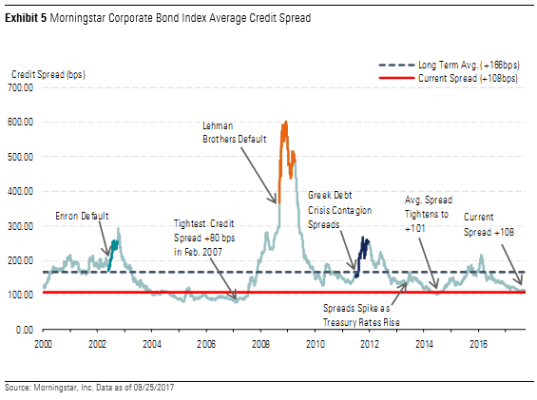Blue Collar Guy
Thinks s/he gets paid by the post
By the way, it dawned on me about a month or two ago that i am ridiculously overweight in stocks in my taxable portfolio, so in the middle of a switch to much more bonds AND cash (shorter term). I was about 85 percent stocks. Yes, Yikes, but i am still working though close to RE. Now at about 75 percent.. hate doing this and taking the tax bite in my high earnings years, but the downside risk is too great. Will probably get it to 60 percent stocks by year end. Which, yes i know is still about the max for my age and proximity to RE.
Im a huge believer in "whatever makes you sleep well at night" Paying the taxes now, as opposed to curling up in a ball after a crash is much more appealing, than maybe squeezing some more excess unneeded money.



